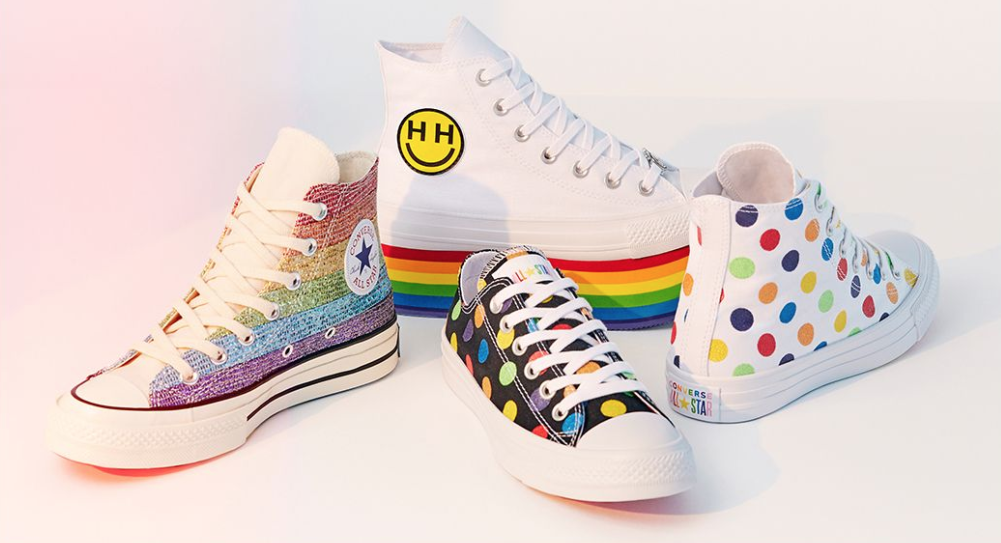‘Awareness isn’t enough’ – how advertisers can solve the very modern crisis of brand safety
Three-quarters of businesses reported at least one brand-unsafe exposure in the past year, yet 15% don’t use any countermeasures. For advertisers willing to embrace (and not shun) technology, the future of brand safety is bright
We are living in strange times. In our modern media landscape, brands do not simply advertise products. Increasingly, they are taking a moral or, more likely, political stance. What’s more, such pronouncements run far deeper than a Pride-supporting range of rainbow-coloured Converse, and threaten to reject customers holding particular views en masse.

Budget British pub chain Wetherspoon, for instance, is staunchly pro-Brexit. (So much so that, prior to the fraught EU Referendum in June 2016, it printed 200,000 beer mats that implored its patrons to vote leave. More recently, Wetherspoon vowed to sell more non-EU beverages – such as sparkling wine produced in the UK or Australia, instead of Champagne.) Elsewhere, amidst the sudden rollout of President Trump’s contentious travel ban in February 2017, Starbucks unveiled a plan to hire 100,000 refugees within five years, an announcement that, simultaneously, drew left-wing acclaim and right-wing venom.


